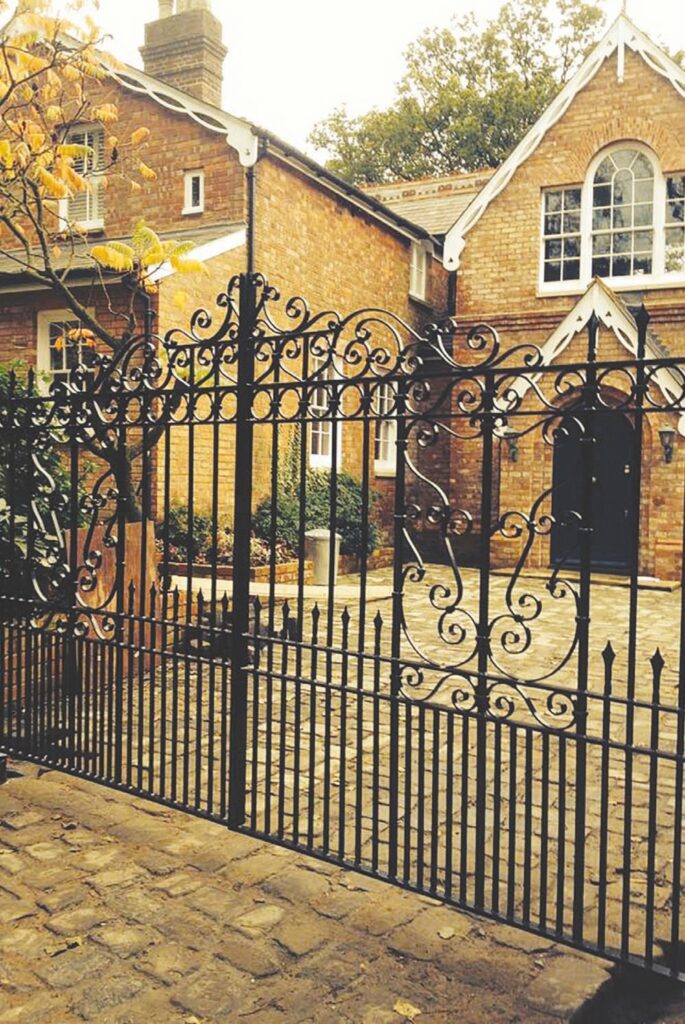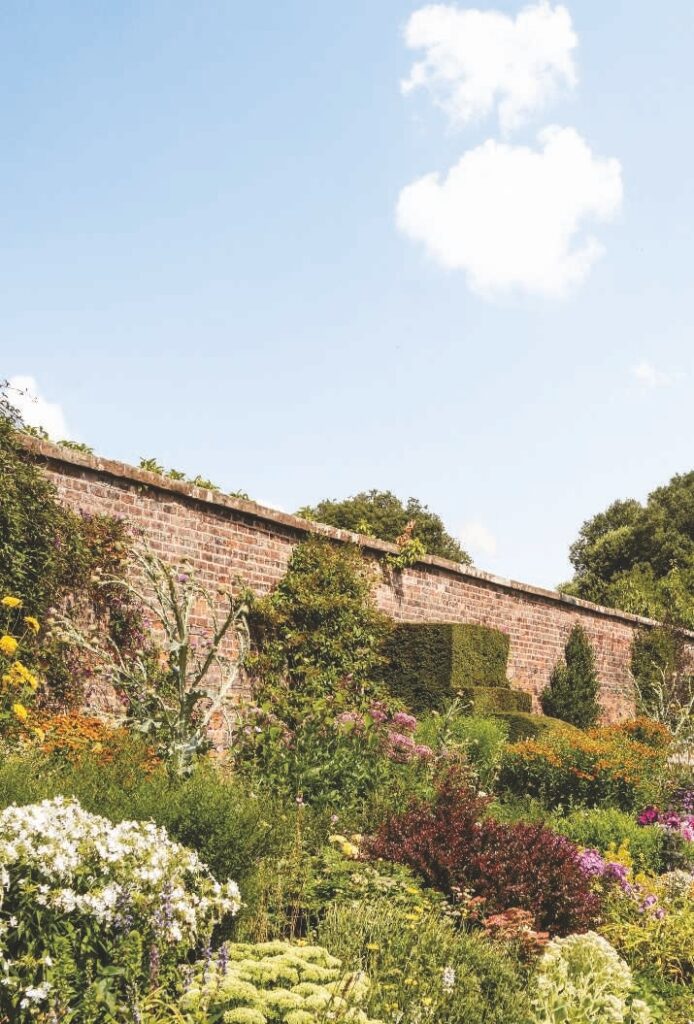Setting Boundaries
We all have some sort of boundary around our properties and we all know that these boundaries play a major role in the safety and aesthetics of our homes.
While they can, on occasion, cause strife between neighbours, these boundaries are more often a point of pride: A smart wooden fence that neighbours on either side are happy to maintain, or a sturdy iron railing that speaks to a property’s history. As for the history of these personal boundaries, it’s actually quite a fascinating one…
Ancient Boundaries
The word fence comes from a 14th century word ‘fens’ meaning defence or protection, however fences themselves predate this by some considerable way, and were intended to not only defend property, but also to denote it.
People as far back as the Bronze Age used boundary walls to mark their property and to enclose livestock.
The ancient Greeks were disinclined to use boundaries within their own cities (in Athens property was a matter of social recognition), but were keen to create physical markings of ownership in the states and countries they conquered.
The Romans of course continued this practice (Hadrian being a big proponent of the trend!), and Medieval landowners were equally keen to mark their territory often using that English staple – the hedgerow – which was introduced sometime in the Saxon period.
Private Boundaries
Using fencing or railings around one’s own home is a slightly later practice, but one that really came into its own in the 15th century, with the invention of wrought iron railings. Although initially used practically rather than decoratively, these railings had their heyday in the Victorian period, when elaborate craftsmanship and a love of all things ornate made them a firm favourite, particularly throughout London and other major cities.
During the war, many iron railings were melted down supposedly to be ‘used in the war effort’, but this movement was in fact more about morale boosting as the iron could rarely be reused and was often simply dumped at sea! Unfortunately wrought iron is no longer manufactured, and so railings these days must be recycled or restored, and other methods, such as cast iron, are more commonly found.
Modern Boundaries
So if you have wrought iron railings then consider yourself very lucky and learn how to properly maintain them using paint or other sealants. If not, there are myriad types of fencing that can bring new life to your boundaries.
During the Regency period the use of wooden fencing, previously only utilised by poorer households, became de rigueur for higher-end properties, thanks to a desire to present one’s home as ‘quaint’ or rustic. These wooden fences are of course still popular because they are cost-effective, attractive and fairly easy to maintain.
One of the best things about wooden fencing is that there is so much choice available, from simple white pickets that mimic the American suburban ideal, to rough cut, naturalistic fences that speak to the pastoral aesthetic. If you’re interested in wooden fencing it should be noted that not all fencing was created equal and it’s worth going to a reputable fencing company to avoid heartache (and hurricane casualties) down the line.
As for other types of boundary, quite frankly anything goes. From mighty stone edifices to simple plant hedges, there are so many ways to mark your property in an attractive and sympathetic manner, that there will always be something to suit your style and budget.
However, whatever you choose to do with your fencing, make sure you do it well. Boundaries are too often a neglected part of our homes and yet they make an enormous amount of difference to the overall appearance of our properties. So take a tip from our ancestors and create a boundary to be reckoned with.
Brick Walls
Brick walls are a popular choice for many homeowners. Depending on the type of brick and the size of the wall, a brick wall can cost anywhere from £8 to £40 per square foot depending on the layering and quality.
Brick walls are much more durable and stronger than fences and can last for decades with little to no maintenance.
The Ha-Ha
One style of boundary that is often overlooked is the ha-ha: a type of sunken fence or wall that become popular in Georgian country homes thanks to their obsession with all things naturalistic and Arcadian. These are an excellent idea if you have a garden worth showing (and if you’re friendly with your neighbours!), but have an obvious disadvantage in terms of security. However, they can be used to mark boundaries within your own property, for example between a main lawn and a wild area.
Living Walls
As well as adding a personal, unique touch to your space, this planting style can fit in nearly anywhere. Whatever type of garden ideas you have – from a small courtyard to large lawn, living walls will make the most of your space. They can be planted with annuals, perennials, herbs or vegetables, providing a welcome splash of colour.
Posted in: Property








